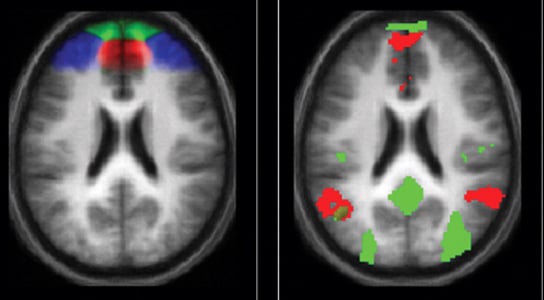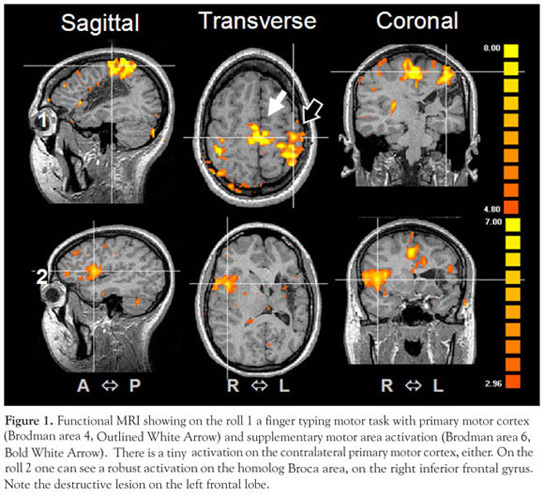
A team of Japanese researchers has been working on using neuroimaging techniques to decode the dreams of people while they sleep. The researchers were led by Yukiyasu Kamitani of the ATR Computational Neuroscience Laboratory in Kyoto, Japan and they used functional neuroimaging to scan the brains of patients.
This technique allowed scientists to learn how to decode what you are dreaming about while you sleep. The researchers presented their findings at the Society for Neuroscience in New Orleans, Louisiana, last week. They scanned three patients as they slept and recorded their brain activity using electroencephalography.

Whenever the scientists detected the pattern of brain waves associated with sleep onset, they woke the participants and asked them about their dreams. Then the patients went back to bed. This was done in three-hour blocks, and repeated on different days, 7 to 10 times for each participant. During the blocks, the participants were woken up ten times per hour. Each of these volunteers reported having visual dreams six or seven times every hour, giving the researchers a total of about 200 dream reports.
The dreams reflected everyday experiences, but some contained unusual content. Key words were extracted from the participants’ verbal reports and 20 categories were picked from what appeared most frequently in the dream reports.
Kamitani selected photos representing each category, and scanned the brains of the participants when they viewed the images. These were compared with activity patterns recorded just before the participants woke up. The scientists analyzed activity in the brain areas V1, V2, and V3, which are involved in the earliest stages of visual processing. There were also other regions analyzed for higher-order visual functions, such as object recognition.
The activity in the higher-order brain regions could accurately predict the content of the patients’ dreams. Models were built to predict whether each category of content was present in the dreams. Once the brain activity was analyzed during the nine seconds before the subjects awoke, the scientists could predict the category of the dream with an accuracy of 75% to 80%.
Dream decoding was most accurate within the tens of seconds before waking, suggesting that the recollection of dreams is based on short-term memory.